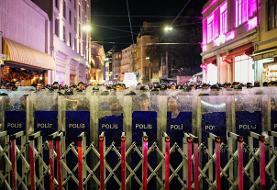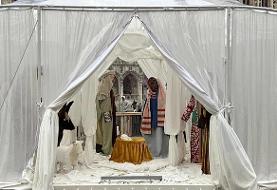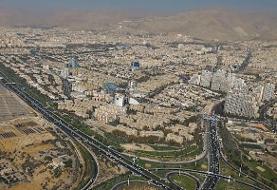Yazd in Panorama
Yazd (Persian: یزد [jæzd]) is the capital of Yazd Province, Iran, and a centre of Zoroastrian culture. The city is located 270 km (170 mi) southeast of Isfahan. At the 2011 census, the population was 1,074,428 in 270٬575 families.
Because of generations of adaptations to its desert surroundings, Yazd is an architecturally unique city. It is also known in Iran for the high quality of its handicrafts, especially silk weaving, and its confectionary.
Yazd has a history of over 5,000 years, dating back to the time of the Median empire, when it was known as "Ysatis" (or "Issatis"). The present city name, however, is derived from Yazdegerd I, a Sassanid ruler. The city was definitely a Zoroastrian centre during Sassanid times. After the Arab Islamic conquest of Persia, many Zoroastrians migrated to Yazd from neighbouring provinces. By paying a levy, Yazd was allowed to remain Zoroastrian even after its conquest, and Islam only gradually became the dominant religion in the city.
Amir Chakhmaq Complex
The Amir Chakhmaq Complex (Persian: مجموعه میدان امیرچقماق Majmūʿa Meydân Amir Čaqmaq; also Romanized Chakhmaq, Chakmaq, Chakhmagh, Chakmak) is a prominent structure in Yazd, Iran, noted for its symmetrical sunken alcoves. It is a mosque located on a square of the same name. It also contains a caravanserai, a tekyeh, a bathhouse, a cold water well, and a confectionery. At night, the building is lit up after twilight hours after sun set with orange lighting in the arched alcoves which makes it a spectacle. During the Iran-Iraq War and the Iraq wars with the United States and Afghanistan, many Iraqis and Afghanis have come to inhabit the Amir Chakhmaq Square.
Images courtesy of Willy Kaemena at www.kaemena360.com


















































